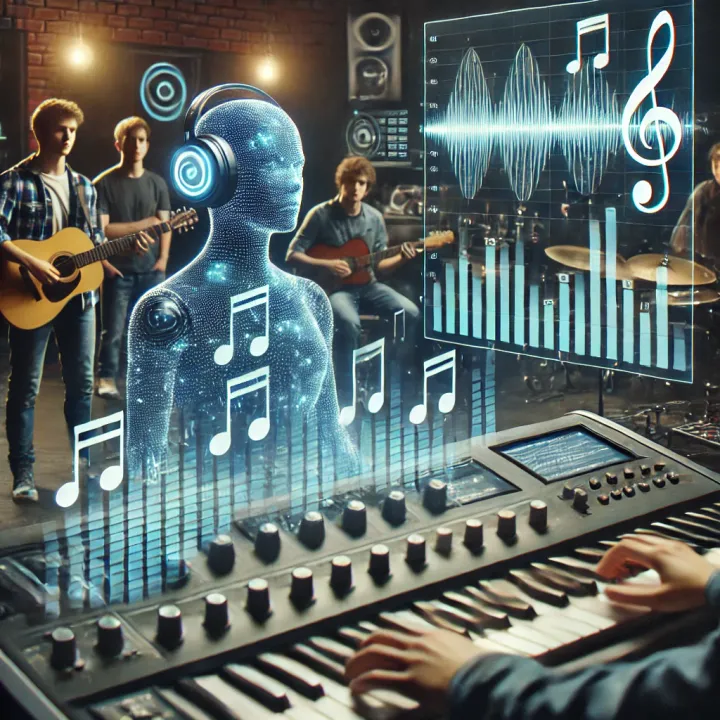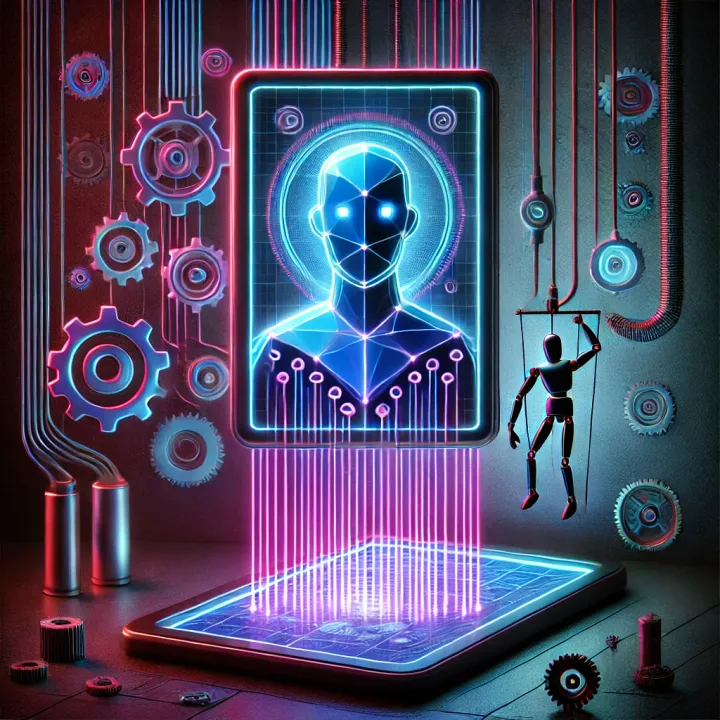Exploring the Uncanny Valley: How AI-generated Art is Redefining Creativity and Challenging Our Perception of Authenticity

As technology continues to advance at a breakneck pace, the intersection of artificial intelligence and the world of art has become a hotbed of innovation and controversy. The phenomenon known as the "Uncanny Valley," which describes the discomfort or eeriness that arises when humanoid robots or artworks closely resemble real human forms but fail to fully replicate them, is now spilling over into the realm of AI-generated art.
This intersection of creativity and technology is not only redefined artistic expression but also challenging our perception of authenticity and the value of human touch in creative endeavors. AI-generated art is emerging as a legitimate form of creativity, with sophisticated algorithms capable of producing stunning visual works.
These systems, fueled by copious amounts of data and neural networks, can mimic styles from classical masterpieces to modern interpretations at astonishing speeds. Artists and technologists alike have begun to explore the potential of these tools, producing works that provoke thought and stir debate about the very nature of artistic authenticity. Among the most notable applications of AI in art is OpenAI's DALL-E and similar models, which generate images from textual descriptions. Users can input whimsical prompts such as “a cat riding a skateboard in space,” and within moments, the software produces a striking visual representation of the scene.
These innovative technologies open up an expansive realm of possibilities not just for artists, but for anyone wishing to express their creativity without the traditional confines of skill and training. Despite the allure of AI art, the phenomenon raises profound questions about authenticity and ownership. When a piece of art is created by an algorithm, who is the true artist? Is it the programmer who designed the system, the machine that executed the creation, or the individual who provided the input?
Critics argue that AI-generated works lack the depth and emotional resonance of pieces crafted by human hands, prompting reflection on what it means to be an artist in a digital age. This debate is echoed in the broader discussions surrounding NFTs (non-fungible tokens), which have skyrocketed in popularity and have created a new market for digital art.
As artists explore this frontier, the lines between human creation and AI assistance continue to blur. Collectors are now faced with an array of choices between traditional artists and their algorithmic counterparts, challenging their preconceived notions of value and authenticity. The discomfort associated with the Uncanny Valley is palpable in this context.
Viewers often find themselves in a tense relationship with AI art; while some pieces evoke awe through their meticulous detail and vibrant color palettes, others leave a lingering sense of unease. For many, AI art feels incomplete, as if it hovers just out of reach of true creativity—a shadow of human expression that, while aesthetically pleasing, lacks the spirit and stories imbued by human experiences. Art institutions and galleries are starting to grapple with these emerging realities.
In recent years, several exhibitions dedicated to AI-generated works have popped up in major cities, drawing crowds eager to engage with the art of the future. Institutions are tasked with not only displaying these works but also interpreting their significance in the cultural canon. How do we curate and appreciate art that stems from algorithms?
This question is becoming increasingly pressing as more artists experiment with AI as a co-creator. Amidst these discussions, the potential for collaboration between human artists and AI continues to inspire a new generation of creatives. Many artists are leveraging AI not as a replacement for their artistry, but as a tool to expand their creative horizons.
This partnership allows for experimentation, pushing boundaries in ways that were previously unimaginable. By embracing technology, artists can find fresh expressions and stimulate new conversations about the intersection of reality and digital fabrication.
As we continue to explore this brave new world of AI-generated art, it becomes clear that the definitions of creativity and authenticity are evolving. While the Uncanny Valley may evoke feelings of discomfort, it also invites us to reconsider our understanding of what art can be in the 21st century.
The dialogue that emerges from this intersection of technology and creativity is not just a reflection of changing artistic practices but a deeper contemplation of what it means to create. As we navigate this landscape, one thing remains certain: the conversation surrounding AI and art is only just beginning, and its implications will resonate for years to come.

